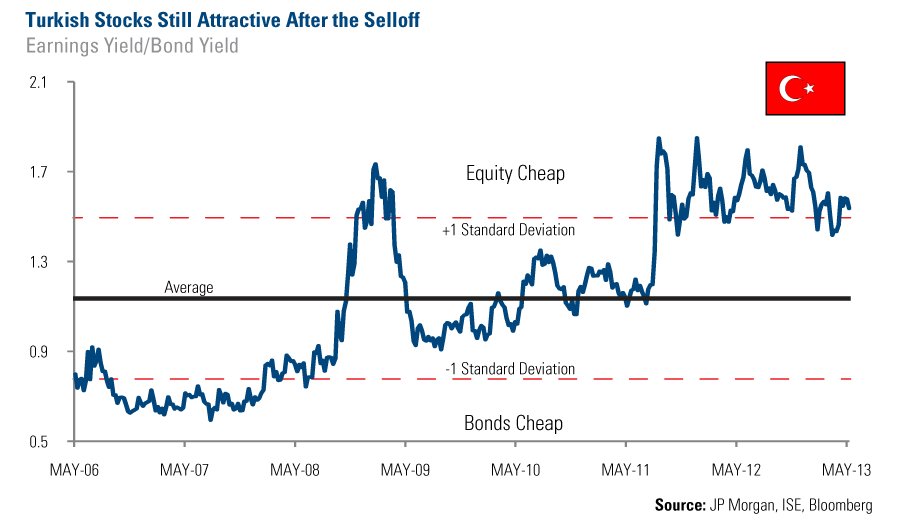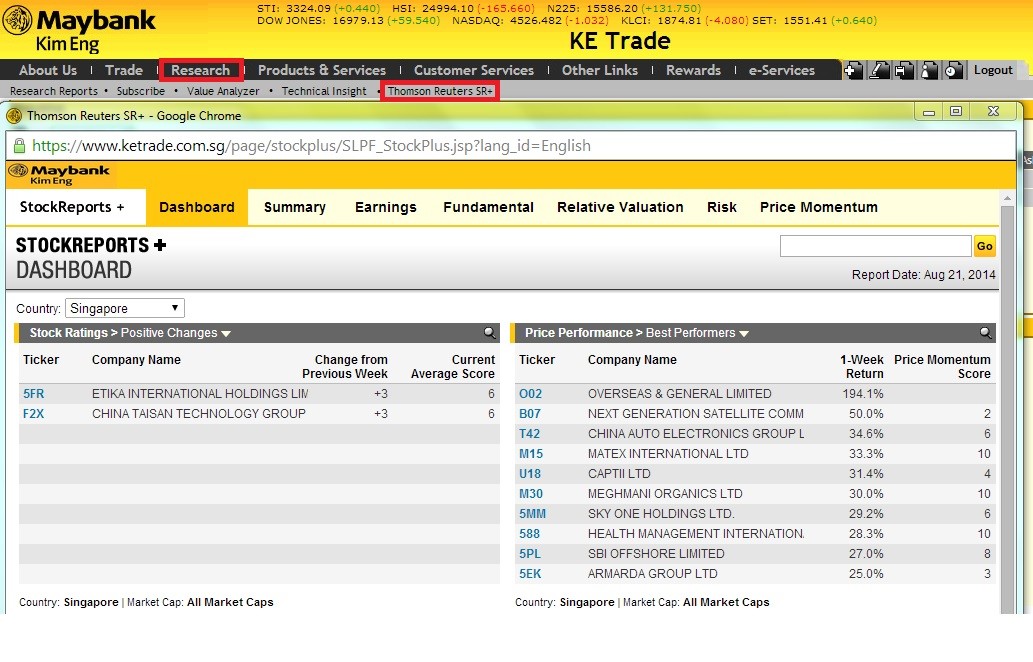Fundamental Investment Metrics For Buying Stocks And Bonds
Post on: 14 Май, 2015 No Comment

Investors who buy and sell on fundamentals — such as revenue, earnings, assets, liabilities and growth — believe that an investment’s performance should be based on the economics of the underlying asset are compelling. They tend to steer clear of technical indicators .
For example, according to a fundamental investor, a stock price should rise or fall based on the sales and profit trends of the underlying company; oil should trade based on its supply and demand trends; and a mutual fund should increase in value if the stocks, bonds or other investments held in its portfolio perform well.
Fundamental doesn’t mean no-brainer. Below is an overview of the important indicators that fundamental investors should know.
The Fundamentals of Fundamentals
Fundamental investors must first know what data to look for. The data for bonds is different from stocks.
Bond investing is relatively straightforward in that bonds have stated maturity dates and a coupon (aka bearer bond) payment that lets the investor earn income in return for buying the bond. An investor needs to compare the coupon payment to current market interest rates to form an opinion on whether the underlying business (for corporations) or local government (for municipal bonds) is strong enough and will have enough money to pay the bond off at maturity.
Fixed income investments come in many forms. Debt can be issued by corporations, governments, agencies and municipalities as well as mortgage-backed securities and even preferred shares. The last combines features of bonds and stocks.
Stock investing is more esoteric because there is no stated maturity date. Many stocks pay a dividend that brings in income, but stocks also trade according to how the underlying business performs over time. It is up to the investor to determine how to value a stock and whether the business trends are such that the investment can perform according to (or, ideally, ahead of) expectations. Below is a more detailed overview of these two factors.
The Valuation Consideration
There is a saying that every investment has its price, which is to say there is a buy price that will make the investment profitable, or at least make the odds of success as high as possible for an investor. For a bond, interest rates are the primary fundamental indicator that determines this. If a bond was purchased when it paid a coupon rate of 5% annually and market rates have increased to 7%, the bond will trade at a discount to newly issued bonds. Of course, the bond pays back at par value when it matures, which means the investor received his or her original investment back (assuming he or she did reasonable research to ensure the underlying business could pay back its debt). But the opportunity cost is that he or she could have waited and earned a 7% coupon because rates increased.
Returning to stocks, the price-to-earnings ratio. or P/E, is a great start toward determining whether a stock is over or undervalued. A P/E ratio represents the multiple of earnings paid for a stock. In 2014, S&P 500 P/E ratio is 15 . which suggests buying into a company at this level is reasonable. Of course, there are factors to consider, such as what other good investments are out there, how profits are likely to grow over time, or whether the firm has a sustainable competitive advantage to protect its business over time.
Valuation isn’t as straightforward for other investments, but the general approach is the same. For a basket of securities such as a mutual fund or exchange-traded fund (ETF), the exercise to analyze an individual security must be done on each holding in the basket. Investing in commodities, art work or other physical assets is even more challenging because they don’t report annual sales or earnings, but there are stated market values from which to form the basis for what they are really worth.
Expectations Investing: Follow The Cash Flow

One of the primary beliefs of fundamental investors is that an investment is worth the sum of its future cash flows. A decision as to whether to invest requires estimating those cash flows, then using an interest rate to discount the total back to the present time to arrive at the current market value.
This kind of analysis is called discounted cash flow (DCF) analysis. It’s part and parcel of the concept of intrinsic value. which is the theoretical value of a security, assuming its future cash flows can be known for certain. Predicting the future is of course impossible, but a fundamental investor does as much legwork as possible in these areas to try to predict what the future holds.
If the value calculated from a DCF analysis is above the current market price, then the security is undervalued. And vice versa — if the DCF value is below the current market price, the security is overvalued. For the investor, it is ideal if the DCF value differs materially from the market price. This is the margin of safety that Benjamin Graham. widely considered the father of value investing. explains in his book The Intelligent Investor. With a wider margin of safety, there is enough cushion in case the estimates of future cash flows don’t turn out as planned.
Special Situations
When an investor becomes comfortable with the above fundamental factors, he or she can begin to look outside of more plain-vanilla investments for pockets where valuations can fluctuate more and discounts from intrinsic value could be found more easily. A spinoff. in which one company splits into two or jettisons a smaller business, is one such potentially lucrative space to look. The newly created spinoff is generally under-followed and may be sold off by investors who prefer to hold the parent company. In this case, the small business that is spun out is known as a stub stock and could be subject to near-term selling pressure. If the fundamental business is strong or improving, it could be undervalued. In 2004, bookseller Barnes & Noble (NYSE:BKS ) spun out its retail game division, GameStop, to investors. GameStop has had its ups and downs, but has performed better than the parent company.
The Bottom Line
The techniques of fundamental investing underlie all types of investing. Basic indicators like P/E and DCF analysis form a good knowledge foundation, regardless of whether or not you intend to graduate to more sophisticated trading methods.














